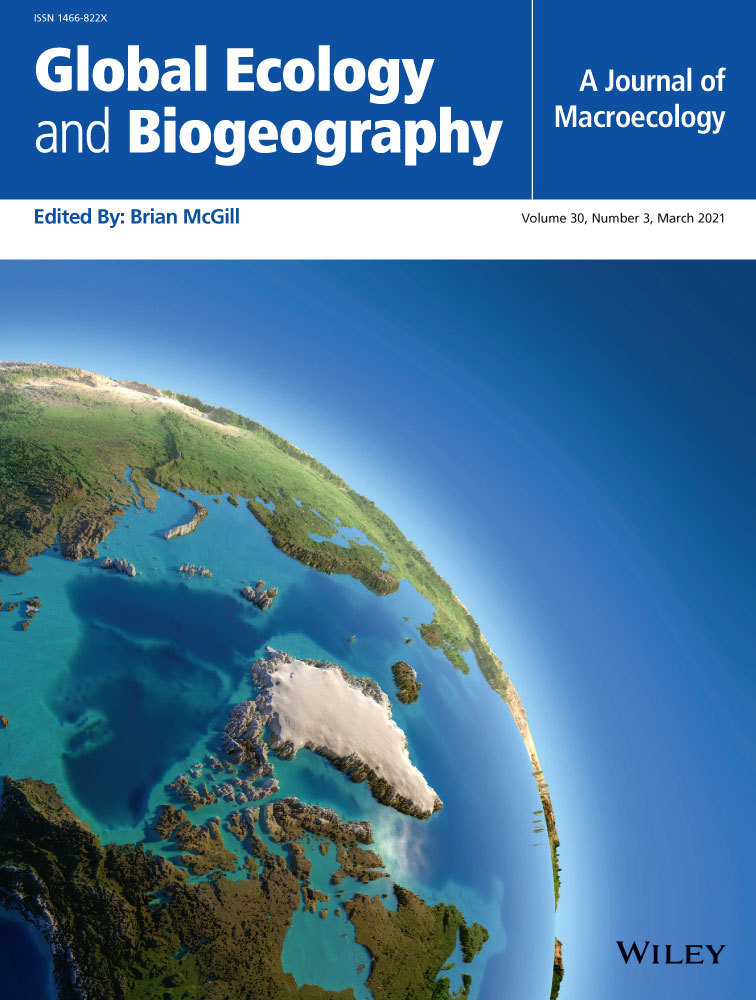Conservation agriculture is a new technique in Northern Lao PDR. This study on the patterns of diffusion and adoption of Conservation Agriculture was conducted in twenty villages of three districts in Xieng khouang province, covering four agro-ecological zones: Pek, northern Kham, Kham basin and Nonghet. The main objectives of this research were to study the adoption of Conservation Agriculture practices and the constraints to its diffusion. The data were based on an exhaustive survey (1463 households), random samples, smaller samples and focus group discussions for assessment the level of adoption. The results of this study revealed that: the four agro-ecological zones impose various geographic constraints to the adoption of "no till" systems. The household survey showed that the diffusion of Conservation Agriculture (no tillage) has reached 12% of the households in Pek, 13% in northern Kham, 11% in Kham basin and 16% in Nonghet. However, the diffusion remained constrained by the important initial financial investments required for establishment and by the limited access to bank credit (quite high interest rate and too short refund period). Furthermore most villagers do not understand the details of technical aspects (herbicides, equipments, etc.). Adoption is therefore constrained by villagers' relative lack of experience and non-perception of environmental degradation linked to tillage.
Download:
Publication year
2011
Authors
Nanthavong, K.; Keophoxay, A.; Khambanseuang, C.; Jobard, E.; Lestrelin, G.; Castella, J.C.
Language
Laotian
Keywords
production, conservation, agriculture, household surveys, livelihoods, economic development, agroecology
Geographic
Lao People's Democratic Republic
























